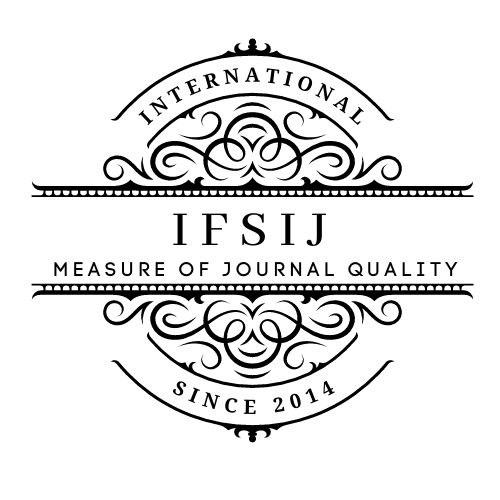EFFICIENCY OF CONSERVATIVE THERAPY IN CHILDREN WITH CHRONIC ADENOIDITIS COMBINED WITH ALLERGIC RHINITIS
Abstract
Chronic inflammatory diseases of the Pirogov-Waldeyer lymphoid pharyngeal ring - chronic tonsillitis and chronic adenoiditis - are one of the most important problems not only in pediatric otolaryngology, but also in pediatrics in general. They are the most common diseases in the structure of chronic diseases of the nasopharynx in childhood. Hypertrophy of the pharyngeal tonsil, which maintains chronic rhinitis and impedes nasal breathing, contributes to a decrease in the child's resistance to external stimuli, which leads to the development of many chronic diseases: sinusitis, tonsillitis, otitis, lesions of the bronchopulmonary system, cardiovascular pathology, etc. Chronic foci of inflammation in the nasopharynx change the immunobiological reactivity of the child's body and cause the development of secondary immunopathological conditions and immune deficiency. Children have certain characteristics of chronic diseases of the lymphoid pharyngeal ring. They are rarely recognized in the first 2-3 years of life, when they are most often manifested by hypertrophy of the tonsils (in most cases, this is hypertrophic tonsillitis and adenoiditis). However, doctors' attention is focused on such manifestations of these diseases as susceptibility to frequent respiratory viral infections (children who often get sick) or breathing disorders (sleep apnea, nasal breathing disorders). Chronic inflammatory diseases of the lymphoid pharyngeal ring are detected in 47% of frequently ill children, which is twice as frequent as their frequency in children in the general population. It is a known fact that chronic diseases of the nasal cavity, paranasal sinuses and nasopharynx are often combined with each other. The course of chronic adenoiditis is usually accompanied by chronic rhinitis, in particular, allergic rhinitis. Allergic inflammation of the pharyngeal tonsil and its subsequent hyperplasia significantly worsen nasal obstruction. In allergic rhinitis, the pharyngeal tonsil becomes a "shock organ" where inhaled agents (respiratory allergens) are retained. The prevalence of hyperplasia of adenoid vegetations in allergic rhinitis in children exceeds that in the general population by 2-3 times. During an allergological examination of children with a high degree of hyperplasia of the pharyngeal tonsil, a positive reaction to non-infectious allergens is recorded in more than 70% of cases, and during a morphological and immunohistochemical study of the lymphadenoid tissue of the nasopharynx, characteristic signs of their allergic inflammation - allergic adenoiditis - are revealed.
Downloads
Published
How to Cite
Issue
Section
License

This work is licensed under a Creative Commons Attribution-NonCommercial-NoDerivatives 4.0 International License.















